
In this module, I focused on Personal Learning Networks (PLNs), how social media actually functions, the benefits of networking, and learning through social media. After pondering through these issues, I understood the value of my PLN in my education journey.
What Are PLNs, and Why Do They Matter?

A PLNs can be described as the network of professionals and resources that can help you in learning. For me, it includes my peers, teachers, and even online websites like the r/learnprogramming subreddit and Linkedin. My PLN keeps me on track and assists in simplifying learning. For instance, when I am coding and get stuck on some complex pieces of logic, I can quickly reach out to my PLN for help or advice instead of spending hours fixated in frustrating manner. That kind of support makes me feel good about learning and reduces feelings of loneliness that come with it.
Getting the Most from Social Media
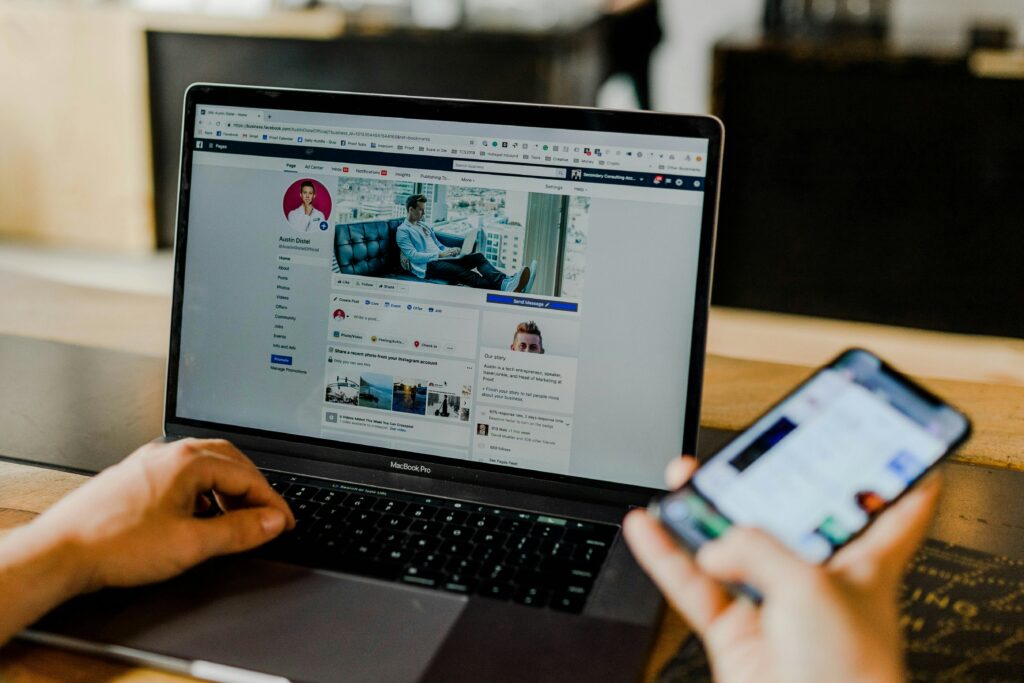
LinkedIn, Reddit, and YouTube have greatly contributed in the development of my PLN. They provide easy access to professional help, educational videos, and engaging content. I have also developed an understanding of how engagement such as likes, comments, shares works on certain platforms. Like for instance, when I comment or like a post on LinkedIn, there is a high likelihood that many others will find the post useful as well. This understanding encourages me to interact thoughtfully and helps grow my network in a meaningful way.
Growing My Network Over Time

Building a strong PLN doesn’t happen overnight, it requires patience and constant effort. I make it a point to constantly contribute by responding questions, providing some information, or just participating in the conversations. These small actions, when compounded over time, greatly enhance the relationships you build with other users. Being up to date with the latest trends in technology also allows me to offer information that is current and relevant, which adds value to my PLN and helps me gain further interest from others.
How Social Media Supports My Learning
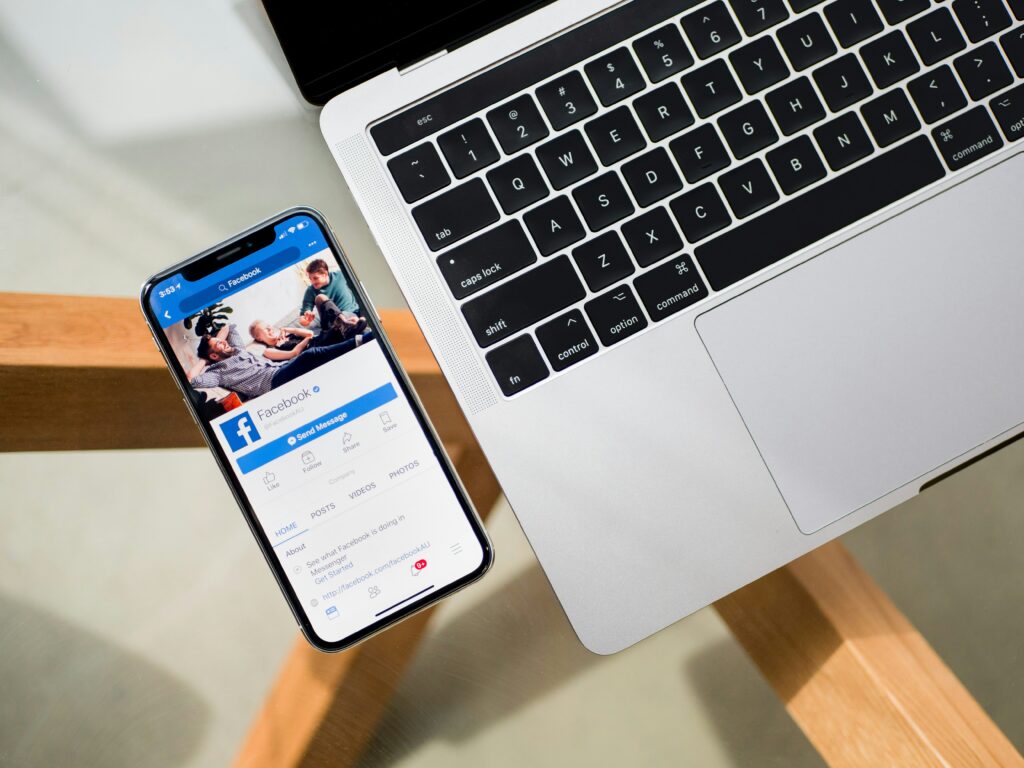
The various social media platforms have dramatically changed my learning experience for the better by providing instant access and different points of views. I have learned various programming skills through different videos on YouTube, as well as learned about different business trends on LinkedIn. This not only helps me acquire new skills, but also boosts my morale as I think about my future professional life.
To summarize, having built a PLN using social media has positively impacted my academic performance and has helped me be more confident in my abilities to learn and take advantage of new opportunities.


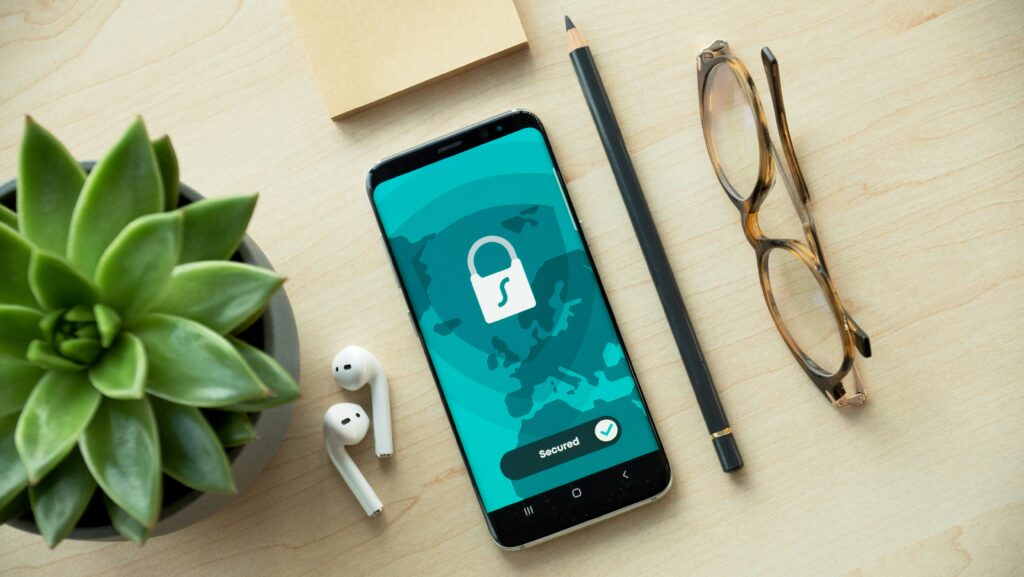


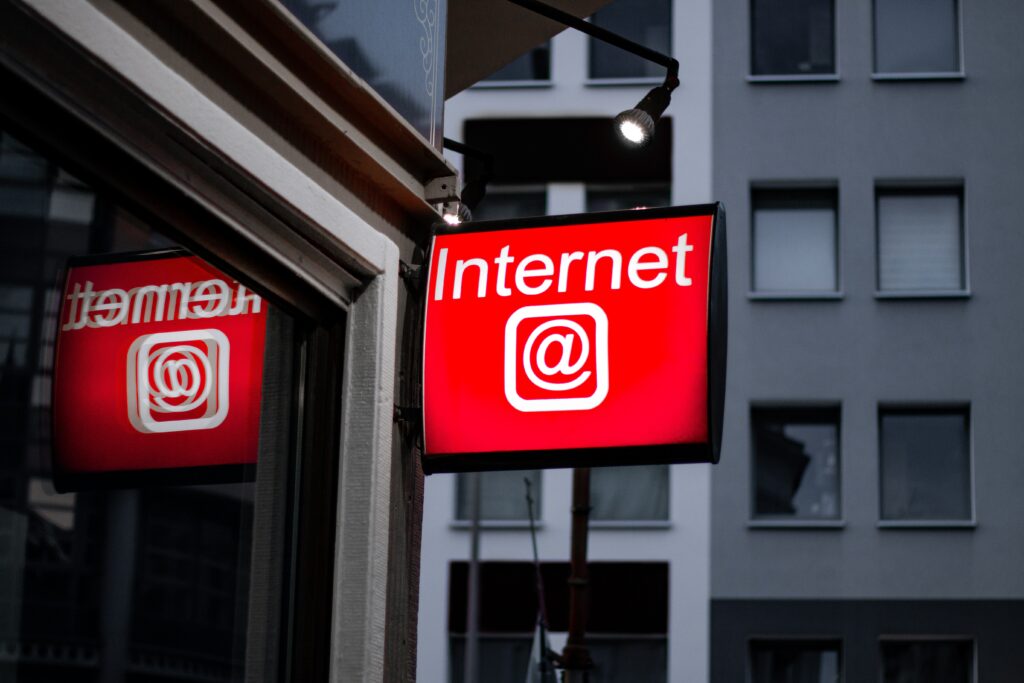
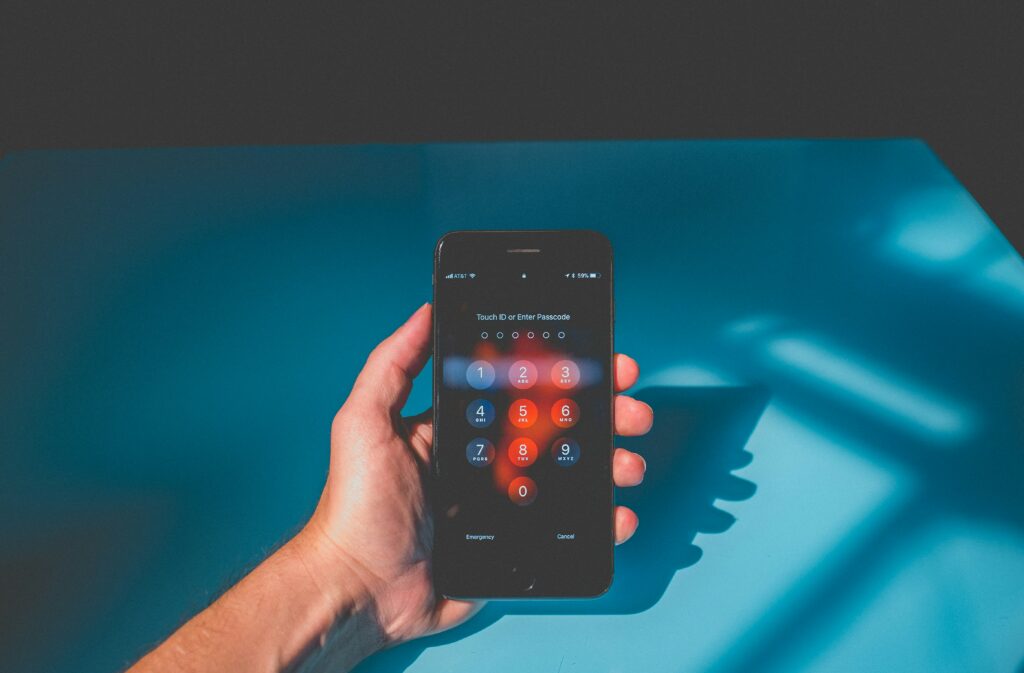

Recent Comments